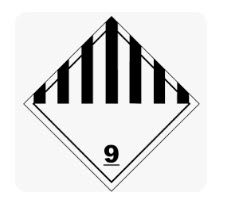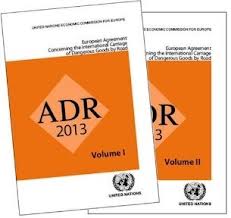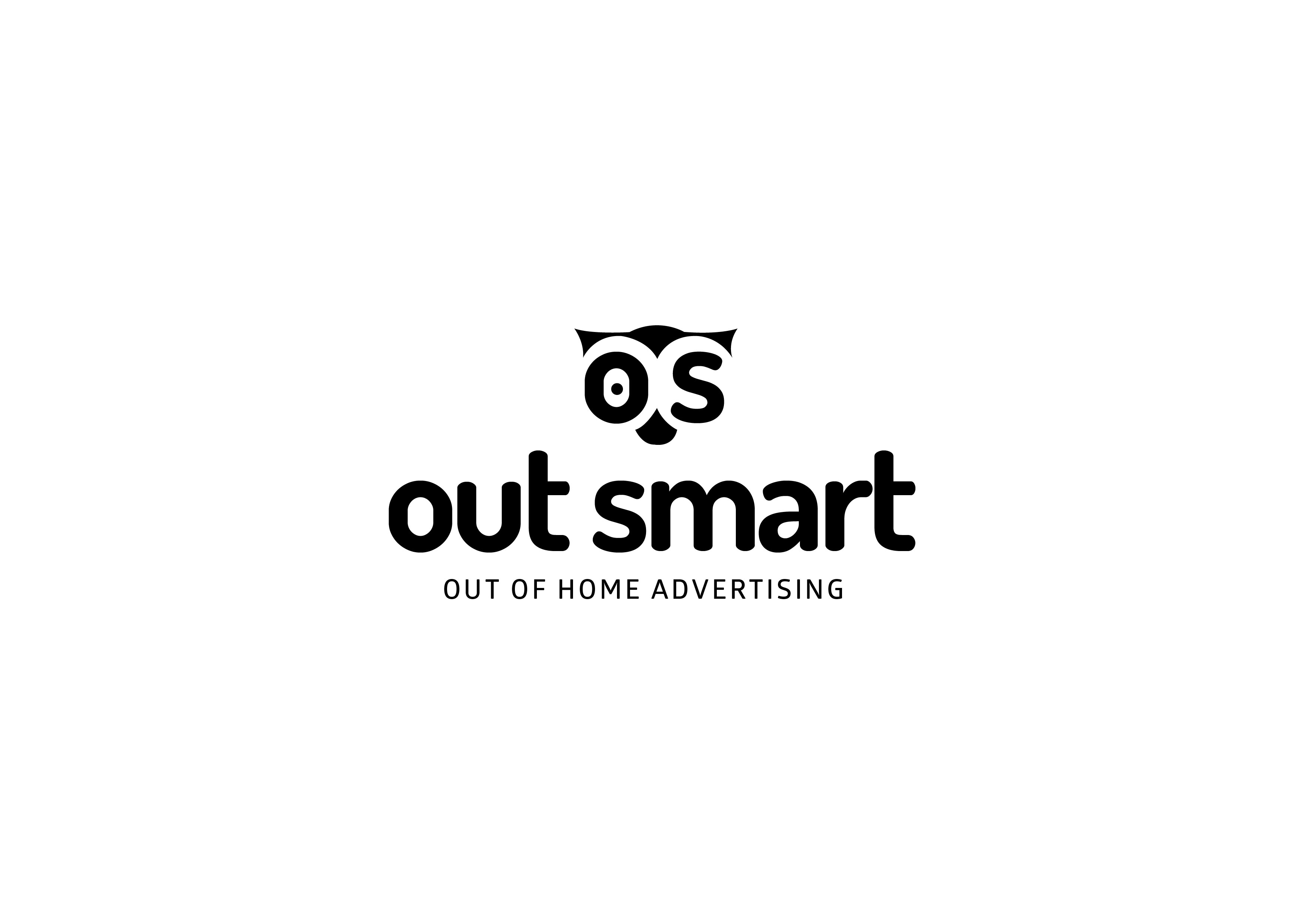Title Page
-
Blue City
-
Date of Audit
-
Auditor(s)
-
Address
-
Site Type
-
Station Point of Contact
Questions
-
Latest edition of IATA at station
-
Access to 49 CFR
-
Access to ERG
-
Compliant training records surrendered for all hazmat crewmembers (Initial & Recurrent)
-
Hazmat Supplies compliant for shipments (Outerpackagings, Tape, Vermiculite, Liners, Ties, Inner Packagings)
-
Designated Hazmat shipping area with signage at the station
-
Maintains Shipper Declaration for 2 years
-
Segregation between COMAT and Hazmat indicated by signage
-
Segregation chart visible on all flammable cabinets and Hazmat storage areas
-
Crewmember is aware of the process to accept FedEx rejected shipments
-
Scales are calibrated to weigh hazardous materials
-
Expired & In-house scrapped BER hazardous materials are stored and disposed of properly
-
Flammable cabinets are labeled in conspicuous lettering, “Flammable-Keep Away from Open Flames.”
-
Flammable cabinets are clean, free of dust and fully functional
-
Are aerosols capped & stored in an upright position in a cool, dry area sheltered from direct sunlight and or freezing
-
Flammable cabinet storage is designated for wastes pending vendor pickup only
-
Safety Posters (3 Eco) are posted on the flammable cabinets and Hazmat storage areas
-
Crewmember is able to access the Jetblue Security Plan
-
Signage for emergency contact number, evacuation plans, and routes located by telephone or hand-held two-way
-
Designates an emergency coordinator and that person is on site or on-call
-
Spill kits are available for emergency or accidental releases
-
Crewmembers are aware of steps to order spill kits
-
Blue Checkmarks are added to potentially hazmat cleared shipments approved for COMAT
-
Potential new hazardous materials are identified upon Receiving Inspection
-
Crewmember is able to access a Safety Data Sheet for a hazardous material
-
Ability to access and apply Special Permits & Competent Authority to documentation
-
Does the site properly store, mark and label Universal wastes (Batteries, Lamps, Thermostats, etc)
-
Crewmember able to locate EPA I.D. Number for site (SQG or LQG applicable sites only)
-
Waste Accumulation Areas include the date of accumulation on containment upon the 1st drop of waste added
-
Hazardous waste is labeled and marked per EPA region requirements
-
Signage to identify "Hazardous Waste Storage Area"
-
"No Smoking" sign is posted within the Hazardous Waste Storage area
-
Secure location to store hazardous waste
-
Wastes are stored properly on secondary containment in good structural standing (No cracks, faults, warps)
-
Secondary containment is well maintained and free of liquid beneath the grates
-
Containment are in good condition, suitable & compatible for wastes / chemicals
-
Waste containers are closed tightly, upright, sturdy and inspected monthly
-
Sheens or spills with iridescent appearances evident on any ground surfaces (Water, Petroleum, Natural, Organic, Iron-Oxide, Algae blooms)
-
Hazardous Waste Weekly Inspection Checklist completed and stored
-
Site using a licensed hazardous waste hauler for transport
-
Hazardous Waste Transporter Identified and in EPA-active status
-
Maintains all waste manifests for 3 years
-
Designated facility name, address & EPA I.D. number are declared on Uniform Hazardous Waste manifest or Non- Hazardous Shipping Document
-
Number, type, quantity, unit wt/vol. of containers are declared on Uniform Hazardous Waste manifest or Non- Hazardous Shipping Document
-
DOT shipping name, hazard class, waste code, and reportable quantity (RQ) are declared on Uniform Hazardous Waste Manifest
-
Uniformed hazardous waste manifest signed by generator, transporter, and designated facility
-
Portable Fire extinguishers are fully charged , operable and kept in designated places at all times
-
Fire extinguishers are inspected monthly and free of obstruction
-
PPE easily accessible (Tyvek suits, goggles, safety glasses, gloves, respirator, etc)
-
All Aboveground Petroleum Storage tanks are equipped with a gauge and alarm system to prevent releases to the environment
-
Eyewash and Shower equipment for emergency use must be serviceable, free of obstruction and identified by highly visible signage
Additional Feedback / Suggestions
-
Notes











